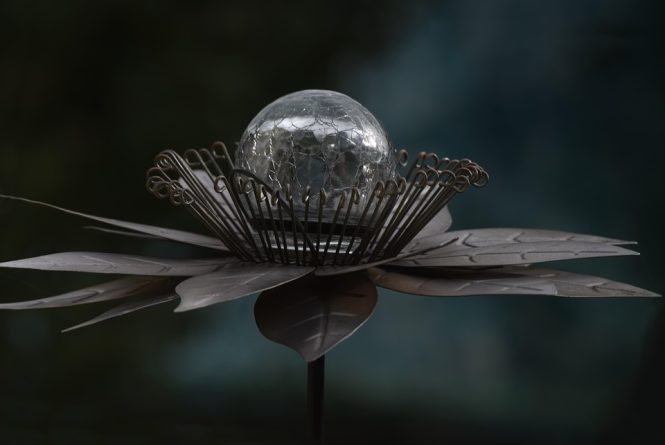
Garden Geometry: Using Shape and Form to Create a Visually Stunning Outdoor Space
When it comes to designing a garden, many of us focus on the types of plants to use, the color palette, and the overall theme. However, one often overlooked aspect of garden design is the use of geometry. By incorporating shape and form into your outdoor space, you can create a visually stunning and unique garden that sets your yard apart from the rest.
Understanding the Basics of Garden Geometry
Garden geometry refers to the use of shapes, lines, and forms to create a cohesive and aesthetically pleasing outdoor space. This can include the use of geometric patterns, such as chevrons or hexagons, as well as the incorporation of different shapes, like circles, triangles, and rectangles. By combining these elements, you can create a garden that is both functional and beautiful.
Using Shape and Form in Garden Design
One of the most effective ways to incorporate geometry into your garden design is through the use of hardscaping. This can include features like patios, walkways, and retaining walls, which can be designed using a variety of shapes and patterns. For example, a circular patio can create a sense of intimacy and unity, while a rectangular walkway can lead the eye through the garden and create a sense of flow.
Another way to use shape and form in your garden is through the placement of plants and flowers. By grouping plants with similar shapes or textures together, you can create a sense of cohesion and visual interest. For example, a cluster of round shrubs can create a sense of softness and movement, while a row of tall, slender trees can create a sense of drama and verticality.
Geometric Patterns in Garden Design
Geometric patterns can add an extra layer of visual interest to your garden. These patterns can be created using a variety of materials, including pavers, stones, and even plants. Some popular geometric patterns include:
- Chevrons: A chevron pattern is created by alternating two different materials or colors in a zig-zag pattern. This can be used to add visual interest to a patio or walkway.
- Hexagons: Hexagonal patterns are created by arranging six-sided shapes in a repeating pattern. This can be used to create a unique and eye-catching patio or planter.
- Mosaics: Mosaic patterns are created by arranging small pieces of material, such as stone or glass, into a larger image or design. This can be used to add a touch of whimsy and personality to your garden.
Creating a Sense of Balance and Harmony
When using geometry in your garden design, it’s essential to create a sense of balance and harmony. This can be achieved by balancing different shapes and forms, as well as by using a variety of textures and colors. For example, a large, rectangular patio can be balanced by a smaller, circular planter, while a bold, bright color can be balanced by a more subdued, neutral tone.
Tips for Incorporating Geometry into Your Garden Design
If you’re looking to incorporate geometry into your garden design, here are a few tips to keep in mind:
- Start with a theme: Before you begin designing your garden, consider the overall theme or style you want to achieve. This will help you determine the types of shapes and patterns to use.
- Use a variety of materials: Don’t be afraid to mix and match different materials, such as stone, wood, and metal, to create a unique and interesting geometric pattern.
- Consider the scale: Make sure the shapes and patterns you use are in proportion to the rest of your garden. A large, sprawling pattern can overwhelm a small space, while a small, delicate pattern can get lost in a large garden.
- Don’t forget about negative space: Negative space, or the empty space between and around objects, is just as important as the objects themselves. Make sure to leave enough negative space to create a sense of balance and harmony.
Conclusion
Garden geometry is a powerful tool for creating a visually stunning and unique outdoor space. By incorporating shape and form into your garden design, you can create a sense of cohesion and visual interest that sets your yard apart from the rest. Whether you’re looking to create a modern and sleek garden or a whimsical and romantic one, geometry can help you achieve your goals. So why not give it a try? With a little creativity and experimentation, you can create a garden that is both beautiful and functional.